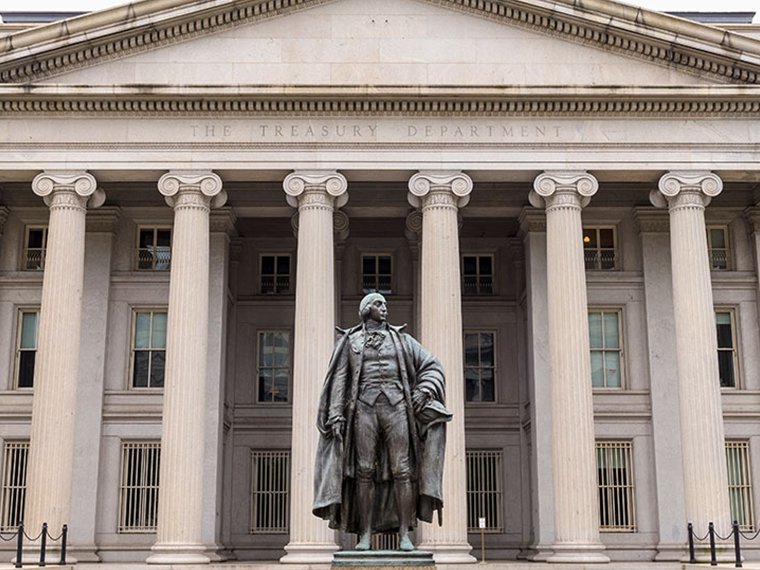Rigid adherence to scoring systems can reduce consumer spending when it’s most needed
Credit-scoring systems are part of the critical infrastructure of modern finance, key to deciding who can borrow and at what cost. But a stream of academic research since 2008 suggests that lenders’ devotion to rigid credit rules has stunted the economy’s rebound from the global financial crisis.
A paper by UCLA Anderson’s Mark J. Garmaise and Gabriel Natividad of the University of Piura (Peru) published in the Journal of Finance seeks to take that research a step further. The authors’ specific focus: Do lender and borrower behaviors change simply because of the “shock” effect of a sudden downgrade of a borrower’s credit rating, regardless of what specifically caused it or whether it truly signals financial trouble for the borrower?
To put it another way, do credit-rating systems too often paint unfair pictures of individual debtors?
Opt In to the Review Monthly Email Update.
Garmaise and Natividad chose Peru’s consumer lending business as their laboratory. The nation of 32 million “provides insights into the growing consumer credit markets in many emerging countries,” Garmaise said in an interview. Also, the Peruvian government operates a central credit registry that requires banks to provide a credit rating for each customer, available for any lender to see.
The authors studied monthly Peruvian consumer bank loan data from 2001 to 2011, a period that included the global financial crisis of 2007–2009. The data include loan balances for each borrower, and each loan’s credit rating. The Peruvian banking system also has a feature that the researchers expected to be useful in evaluating the impact of credit-rating changes: The government requires bank ratings to be aligned. So in cases where a consumer borrows from more than one bank, the consumer’s overall credit rating is supposed to be the worst (lowest) rating assigned by any bank that holds at least 20 percent of the borrower’s total debt balance. The study refers to this as the “rule of twenty.”
Because Peruvians in the 2001–2011 period routinely borrowed in a mix of local currency (the sol) and U.S. dollars, the rule of twenty could trigger an instant credit downgrade for a borrower, absent any deterioration in her personal financial situation. How? The study explains: “Consider a consumer with 19 percent of her total debt balance in a U.S. dollar loan with a high-risk classification, and 81 percent of her total debt balance in a low-risk classification sol loan. If the U.S. dollar strengthens relative to the sol, the U.S. dollar loan will rise to more than 20 percent of the overall loan balance. In this case, the ’rule of twenty’ will require that the risk classification on the sol loan be increased.”
So the borrower experiences the “shock” of a credit downgrade through no fault of her own, but simply because of “bad luck” in the currency market, the authors write. And as the risk ratings of bad-luck debtors worsen, what follows for many of those borrowers is an overall reduction in consumer loan balances over the following three years, the study says.
Example: Borrowers who receive a negative credit-rating shock because of currency moves are likelier to achieve a zero balance on their credit card accounts in the year following the shock, compared with borrowers who avoid a rating shock, the authors found.
“These results suggest that the rating shock serves as a wake-up call for the consumer, inducing her to improve her financial profile,” the authors write. Despite those corrective actions, however, “We find that the medium-term impact of the shock is quite negative. Shocked clients are more likely to completely exit the consumer loan market in the subsequent two and three years,” the study says.
And that, in turn, has potentially harmful consequences for consumer spending in an economy trying to recover from a downturn or weak patch.
Garmaise and Natividad cite other post-2009 research — namely, Mian and Sufi (2010, 2011), Hall (2011), Eggertsson and Krugman ( 2012), Mian, Rao, and Sufi (2013), and Guerrieri and Lorenzoni (2016) — in arguing for policies to ease “financial constraints that bind heavily indebted consumers and limit their participation in the economy,” the study says.
“Our findings suggest that regulations linking credit-history forgiveness to the overall state of the macroeconomy may have a place in the palette of options available to policy makers following a recession,” the authors write. “Credit-reporting systems bring many benefits but may have unattractive unintended effects. The downward spiral in financial consequences following a negative credit rating shock that we document can be especially costly when the economy is struggling to grow.”
Featured Faculty
-
Mark J. Garmaise
Professor of Finance
About the Research
Garmaise, M.J., & Natividad, G. (2017). Consumer default, credit reporting, and borrowing constraints. The Journal of Finance, 72(5), 2331–2368. doi: 10.1111/jofi.12522




